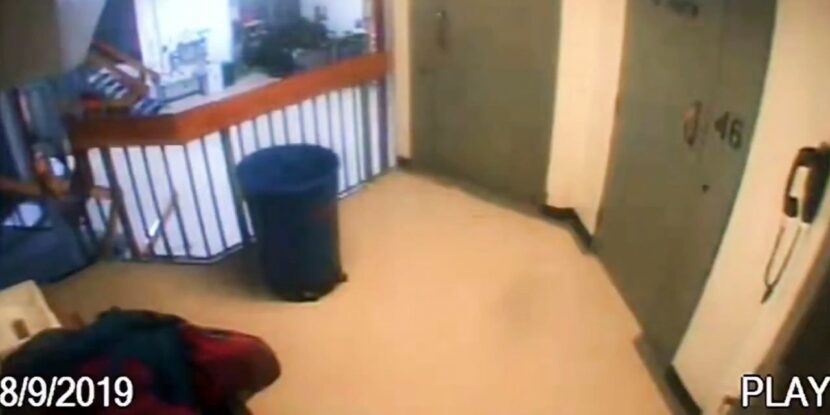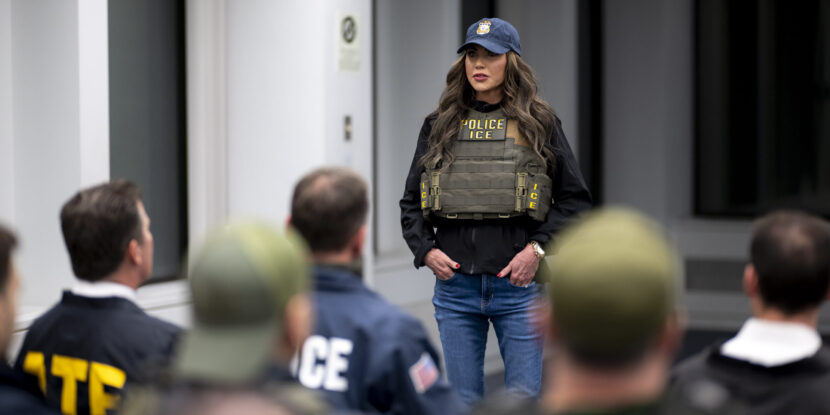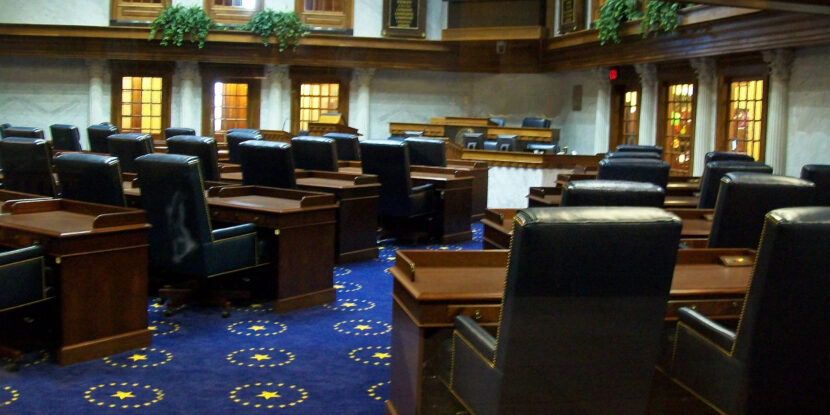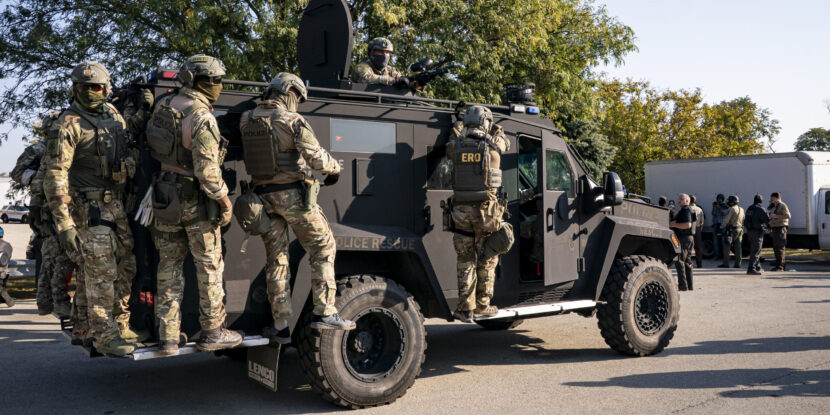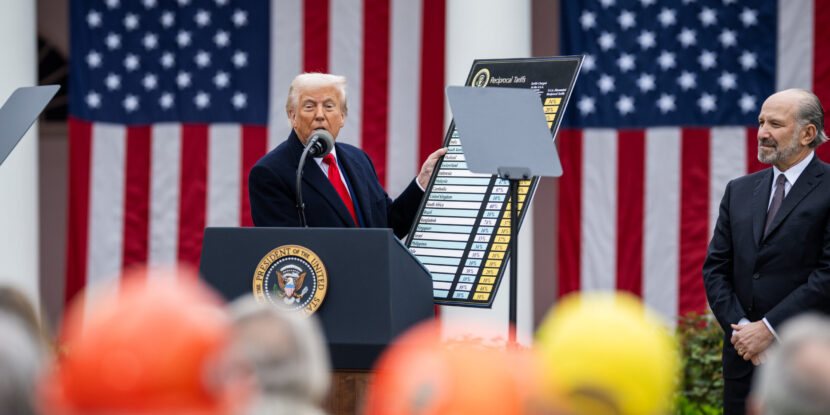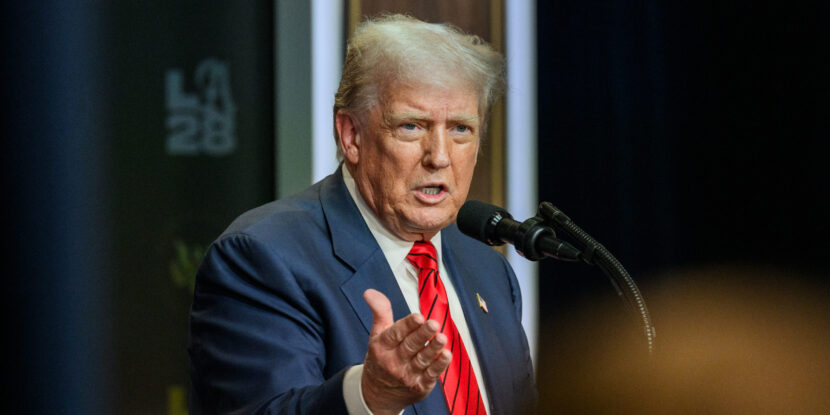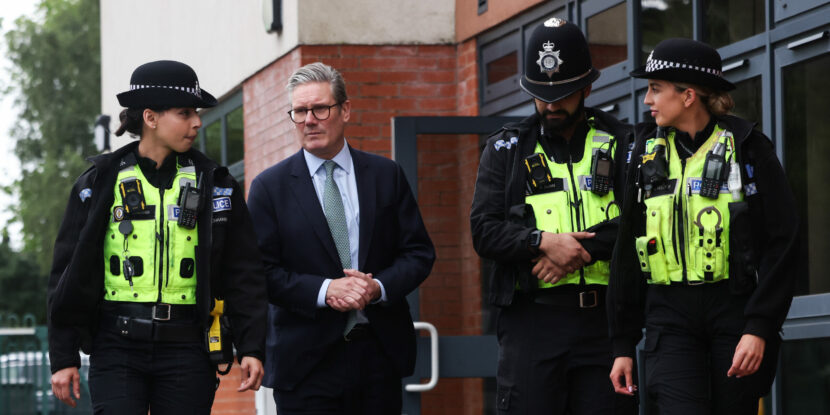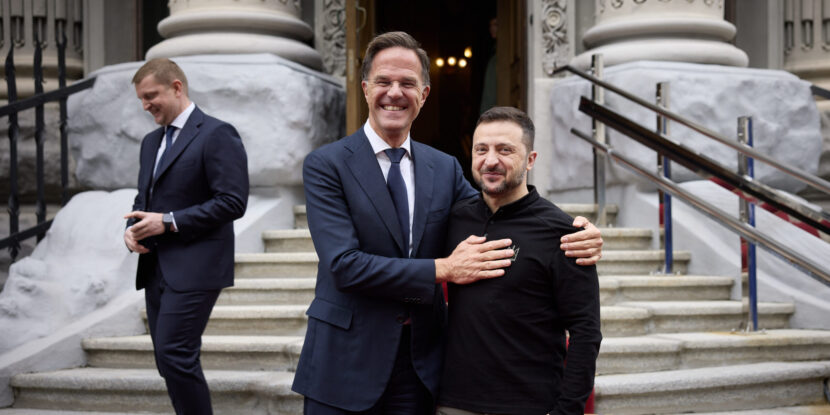❓WHAT HAPPENED: Footage from near Jeffrey Epstein’s prison cell at the time of his 2019 death was modified before being released by the Department of Justice (DOJ), according to an analysis by WIRED and video forensics experts.
👤WHO WAS INVOLVED: The DOJ, independent video forensics experts, WIRED, and Jeffrey Epstein.
📍WHEN & WHERE: The Epstein footage was released earlier this week, pertaining to events from August 2019.
💬KEY QUOTE: “The file appears to have been assembled from at least two source clips, saved multiple times, exported, and then uploaded to the DOJ’s website, where it was presented as ‘raw’ footage.” – WIRED report.
🎯IMPACT: The lack of clarity about the editing process fuels further skepticism surrounding the circumstances of Epstein’s death and the authorities’ transparency about it.
Analysis conducted by the technology industry news site WIRED and independent video forensics experts suggests the footage released by the Department of Justice (DOJ) from near the prison cell holding Jeffrey Epstein at the time of his August 2019 death was edited with Adobe Premiere Pro, having been stitched together from two separate clips. The claim directly contradicts the DOJ’s assertion that the video was “full raw” footage sourced directly from the prison’s surveillance system.
The video file released by the DOJ, according to WIRED‘s forensic investigation, was edited and saved multiple times, with the tech news outlet asserting the footage was likely altered using Adobe Premiere Pro, a professional editing tool. It combines several clips that had been exported from the source video. Subsequently, after edits were made, the altered footage was uploaded to the DOJ website and presented as supposedly “raw” video.
“If a lawyer brought me this file and asked if it was suitable for court, I’d say no. Go back to the source. Do it right,” Professor Hany Farid, who researches digital forensics and misinformation at UC Berkeley, told WIRED. He added: “Do a direct export from the original system—no monkey business.”
Farid, who reviewed the video file’s metadata, believes that “the video is not a continuous, unaltered export from a surveillance system.” Additionally, the UC Berkeley professor notes that the aspect ratio of the clip uploaded by the DOJ shifts several times, something that should not occur in unedited source footage. “Why am I suddenly seeing a different aspect ratio?” Farid questioned.
Notably, a minute is missing from the footage the DOJ has released, from 11:58:58 PM to 12:00:00 AM. Attorney General Pam Bondi has attritubted this to a technical issue.
The footage also does not cover Epstein’s cell door, due to all but two cameras in the Special Housing Unit (SHU) where Epstein was located not working correctly. However, the DOJ insists the footage from those two cameras does confirm that no one entered the tier where Epstein’s cell was located around the time of his death.
On Sunday, the DOJ and the Federal Bureau of Investigation (FBI) ruled Epstein’s death was a suicide, with no evidence of a “client list” or blackmail involving prominent individuals being released. Subsequently, as reported by The National Pulse, WarRoom host and former White House Chief Strategist Stephen K. Bannon has called on President Donald J. Trump to appoint a special prosecutor to release all government files related to Epstein.
“They have to go to the court and demand and unseal the sealed evidence in Epstein. It starts there,” Bannon said, continuing: “Bundle everything together… release it all. Or, which I called for yesterday, appoint a special prosecutor—he should appoint a special prosecutor, a special counsel now, for the 2020 election and everything after that, and include Russiagate and all this. You have to do that. That should be done immediately, and that should report to the President.”
Join Pulse+ to comment below, and receive exclusive e-mail analyses.
